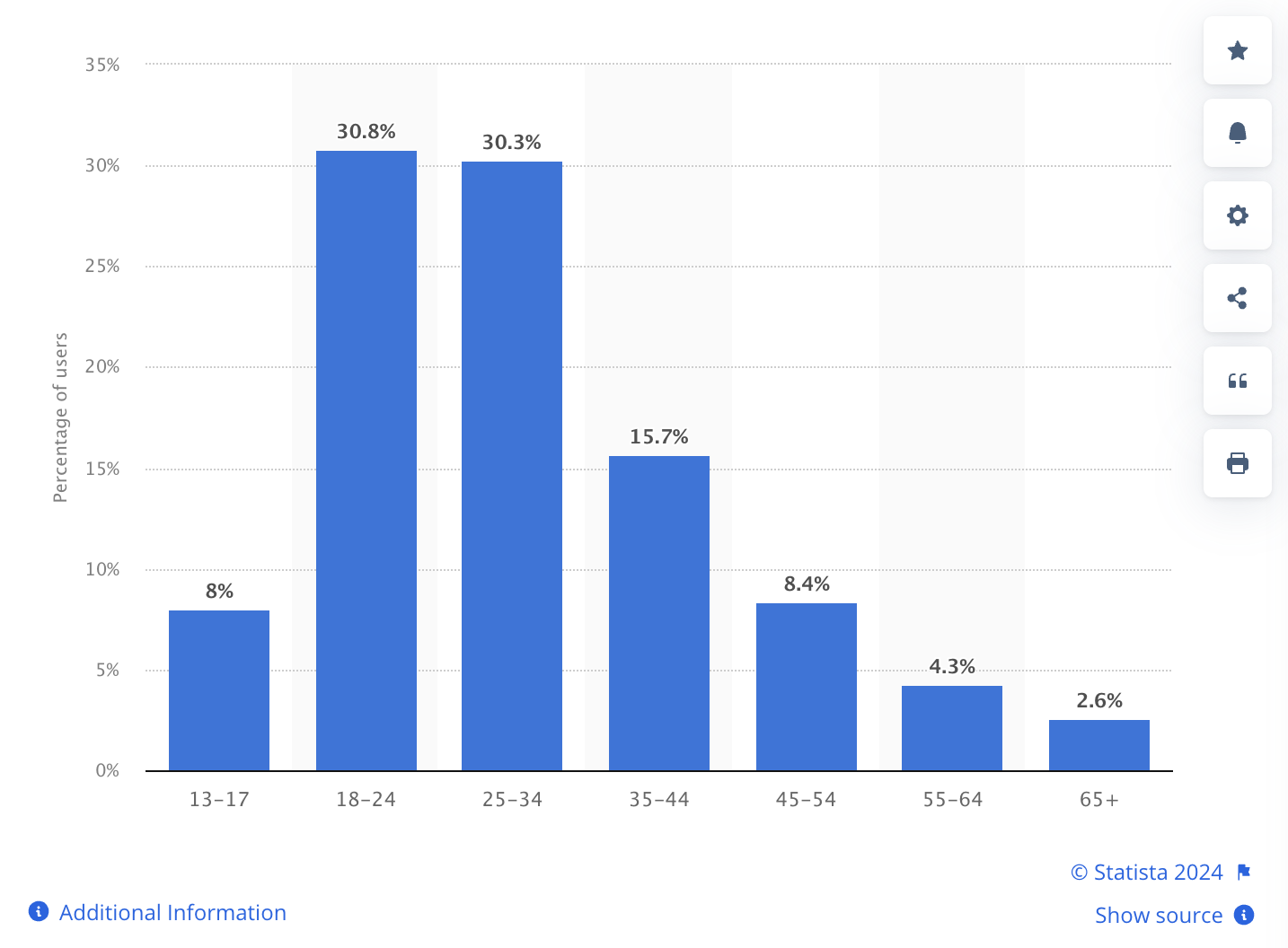How Social Media is Revolutionizing News: Real-Time Reporting and Engagement in the Digital Age
 |
| image by chatGPT |
In today's fast-moving digital world, social media has transformed how news is gathered and reported. Gone are the days when journalists relied solely on traditional methods to cover breaking stories. Platforms like Twitter, Instagram, and TikTok have become vital tools for news organizations, offering real-time updates, user-generated content, and direct engagement with audiences. This new media landscape allows news to travel faster and farther than ever before, but it also presents unique challenges in verifying information and maintaining credibility. In this post, we’ll explore how news media use social media to gather, verify, engage with, and distribute the news, shaping the way we consume information in the digital age.
Newsgathering:
Real-time Updates: Journalists use social media platforms like Twitter and Facebook to monitor breaking news in real-time. For example, during a natural disaster or a political event, eyewitnesses often post photos, videos, or live updates, allowing journalists to react immediately. In 2020, when the Beirut explosion occurred, videos and posts on Twitter were among the first sources of information, which news outlets quickly picked up to report the incident.
User-Generated Content: Social media is a treasure trove of user-generated content (UGC) such as photos, videos, and firsthand reports. News organizations like CNN often encourage users to share their content through platforms like iReport, which was designed to collect stories directly from people on the ground. For instance, during the protests in Hong Kong in 2019, many photos and videos shared on Twitter and Instagram were used by news organizations, provided they were verified.
Verification:
Fact-Checking: Since social media is prone to misinformation, news outlets have developed rigorous fact-checking protocols to verify the authenticity of the content they source. Dedicated teams in organizations like BBC Monitoring or Reuters Fact Check sift through posts to ensure credibility before they report. For example, during the U.S. presidential elections, numerous claims surfaced on Twitter, which had to be checked for accuracy before inclusion in news reports.
Crowdsourcing: Journalists often crowdsource information on social media by asking users directly for more details or to corroborate information. For instance, during the 2011 earthquake and tsunami in Japan, The Guardian set up live feeds asking social media users for updates from different locations in Japan to build a more complete picture of the event.
Engagement:
Interactive Reporting: Social media platforms such as Instagram and TikTok allow news outlets to interact directly with their audience through polls, live videos, and story features. For instance, The New York Times uses Instagram Stories to break down complex news topics in a simple, visual way, allowing users to respond with questions or opinions, which further informs the coverage.
Feedback and Trends: Social media platforms help news organizations keep a pulse on public opinion and trending topics. News editors at places like Buzzfeed or BBC News routinely analyze trends on platforms like Twitter’s trending topics or Reddit threads to shape their editorial focus, ensuring that they cover stories that resonate with the public.
Distribution:
Wide Reach: Social media amplifies the reach of news content. By using platforms like Facebook, YouTube, or TikTok, news organizations can reach a global audience. For example, during the COVID-19 pandemic, news outlets used Facebook Live and YouTube for global press conferences and updates, allowing millions of users worldwide to access the information in real time.
Multimedia Content: Social media supports various content formats, such as articles, videos, and infographics. This flexibility allows news organizations to tell stories in more engaging and accessible ways. For example, Vox Media is known for producing short, explanatory videos on topics ranging from politics to health, which they distribute across platforms like YouTube and Instagram to broaden their storytelling approach.
These strategies make social media a vital tool for modern journalism, ensuring news organizations remain timely, relevant, and connected with their audience.
Conclusion:
As social media continues to evolve, its role in the news industry grows more complex. It has revolutionized how journalists gather information, engage with audiences, and distribute content, offering unprecedented speed and accessibility. However, this fast-paced environment also demands a careful balance between immediacy and accuracy. While platforms like Twitter and Instagram provide invaluable tools for newsgathering and reporting, the importance of verification and responsible journalism remains paramount. Ultimately, social media's influence on the news is undeniable, and its potential to shape public discourse and connect global audiences ensures it will remain a key part of journalism’s future.
Source: Conversation with Copilot, 9/20/2024

%20webpage%20displaying%20a%20breaking%20news%20report%20about%20a%20disaster.%20The%20interface%20shows%20a%20post%20with%20images%20of%20the%20dis.webp)
